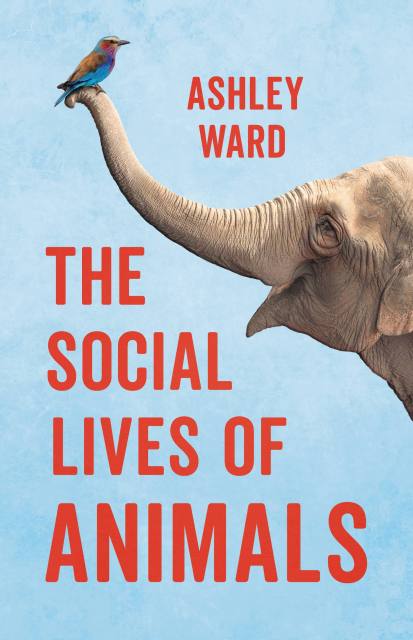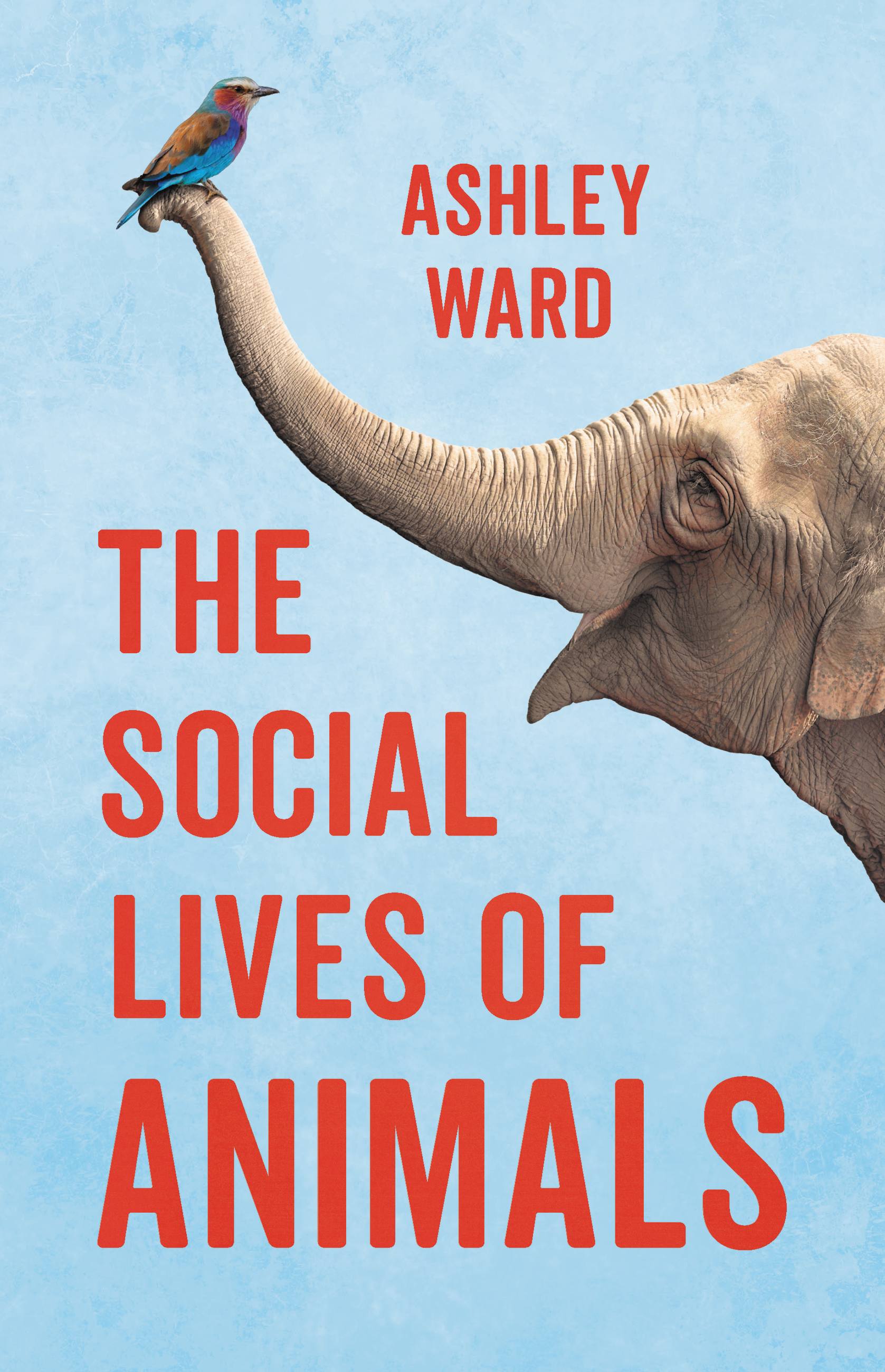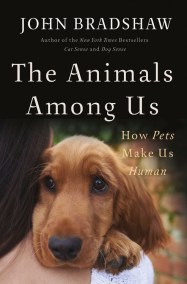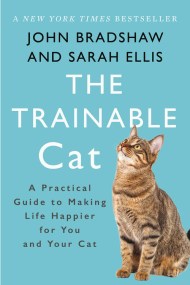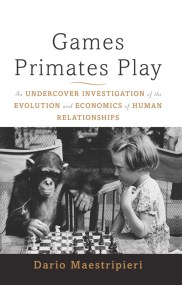Promotion
Use code MOM24 for 20% off site wide + free shipping over $45
The Social Lives of Animals
Contributors
By Ashley Ward
Formats and Prices
Price
$30.00Price
$38.00 CADFormat
Format:
- Hardcover $30.00 $38.00 CAD
- ebook $17.99 $22.99 CAD
This item is a preorder. Your payment method will be charged immediately, and the product is expected to ship on or around March 1, 2022. This date is subject to change due to shipping delays beyond our control.
Also available from:
A rat will go out of its way to help a stranger in need. Lions have adopted the calves of their prey. Ants farm fungus in cooperatives. Why do we continue to believe that life in the animal kingdom is ruled by competition?
In The Social Lives of Animals, biologist Ashley Ward takes us on a wild tour across the globe as he searches for a more accurate picture of how animals build societies. Ward drops in on a termite mating ritual (while his guides snack on the subjects), visits freelance baboon goatherds, and swims with a mixed family of whales and dolphins. Along the way, Ward shows that the social impulses we’ve long thought separated humans from other animals might actually be our strongest connection to them.
Insightful, engaging, and often hilarious, The Social Lives of Animals demonstrates that you can learn more about animals by studying how they work together than by how they compete.
Genre:
-
“Exhilarating…Ward has an irrepressible and infectious interest in virtually everything that creeps, crawls, climbs, swims, jumps, runs or flies, from bumblebees to baboons to African elephants…Reading Mr. Ward’s book is like entering a maze, too, with surprises awaiting the reader at every turn. What holds it all together is the author’s natural gift for storytelling and penchant for punchy, provocative one-liners.”Wall Street Journal
-
“Extraordinary stories in this fascinating book…Any writer who can evoke the existential sadness of a lonely cockroach, or make krill thrilling, or describe a snorkelling colleague being engulfed in a ‘gargantuan cetacean bum detonation’ is a real gift to science communication.” -The Guardian
-
“Very striking… Ward has a good eye for details...he writes vividly.”The Sunday Times (UK)
-
“Ward’s lively and oftentimes surprising observations and quirky and wry writing will appeal to readers. The juxtaposition of animal and human behavior will linger long after readers have turned the last page.”Booklist
-
“Ward’s enthusiasm keeps things moving… This is catnip for animal enthusiasts.”Publishers Weekly
-
“Engaging and entertaining; of interest to anyone who wants to better understand the behavior of social animals, including humans.”Library Journal
-
“The Social Lives of Animals offers a great antidote to the dog-eat-dog view of nature that we grew up with. Ashley Ward takes the reader on a personal journey of discovery to make clear that animals often depend on cooperation for survival.”Frans de Waal, author of Mama’s Last Hug
-
"Ashley Ward is the perfect guide for this global tour of animal sociability: knowledgeable, enthusiastic and, at times, very amusing. Whether it’s shoals of fish or herds of elephants, Ward provides privileged access to the inner workings of animal societies, drawing tantalizing parallels with our own. You’ll discover how herrings die of loneliness and why chimps cheat, and meet pessimistic bees and philanthropic vampire bats. Ward deftly illustrates how our shared sociable nature shapes language, intelligence, culture and emotions across the animal kingdom. This is a delectable read that leaves you with a sense of kinship for social creatures big and small, from giant sperm whales to tiny Antarctic krill. Highly recommended for animal fans and students of human nature alike."Lucy Cooke, author of The Truth About Animals
-
“A thoughtful exploration of the complex minds that share the planet with us. Ashley Ward will give you a new appreciation for the bonds, emotions, and connections that we thought set us apart, but in reality, just bring us closer to the animal world.”Vanessa Woods, New York Times bestselling author of Bonobo Handshake
-
"On the face of it, Ashley Ward’s book is a lighthearted tour of animal social lives, a compendium of surprising revelations about a wide assortment of creatures, from krill to pinyon jays to sperm whales. Who knew, for instance, that keeping tabs on relationships is so vital to a sheep that it can recognize the faces of at least 50 members of its flock, or that a cockroach raised in isolation will never form normal bonds with others of its kind, and will remain forever at the margins of cockroach society? (Who knew, for that matter, that there even is such a thing as cockroach society?) A big part of the book’s appeal is just the strangeness and sophistication of this world of animal interactions, a nexus of cooperation and conflict that is all around us and yet mostly remains hidden from our view. Ward’s stories compel us to see social animals, not just as marvels, but as kindred spirits. He wants us to empathize with them as fellow navigators of the unpredictable landscape of relationships. And, with a light hand, he succeeds."Alan de Queiroz, author of The Monkey's Voyage
-
"From swarming krill and flocking birds to cattle herds and tribal chimpanzees, Ashley Ward reveals animals to be much more social than often thought. Part deep dive into the latest science and part personal storytelling, Ward’s book shatters the old stereotype. This is not nature red in tooth and claw, but nature awash in cooperation and collaboration."Steve Brusatte, University of Edinburgh
- On Sale
- Mar 1, 2022
- Page Count
- 384 pages
- Publisher
- Basic Books
- ISBN-13
- 9781541600836
Newsletter Signup
By clicking ‘Sign Up,’ I acknowledge that I have read and agree to Hachette Book Group’s Privacy Policy and Terms of Use
